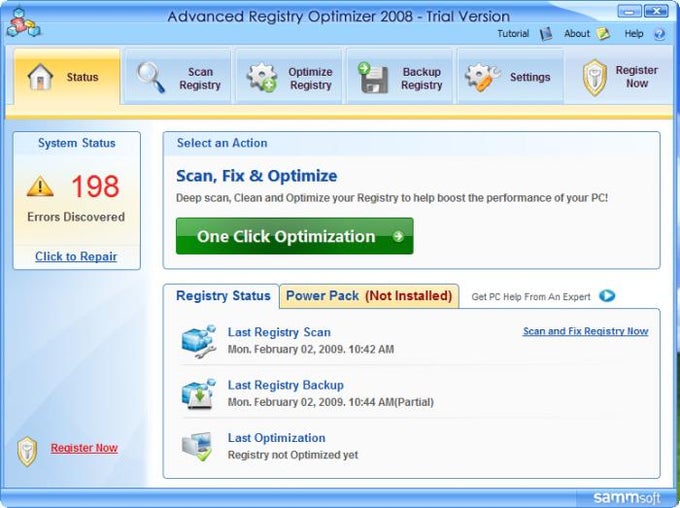
Usually, the registry values are changed to solve an error, to alter a program setting, or to answer a question. If changes are made to any of the registry values, you will have to use the Registry Editor. These registry keys are then organized in the registry hives, which are folders that sort data accordingly. These values are located in so-called registry keys that function like folders containing information.

The Windows Registry contains crucial registry values or instructions. In case you ask, “how do you use the Windows Registry?” Click on the top-most result in the list.
Into the Cortana search bar, type regedit.If you are using Windows 10/11, there are two ways to access the Registry Editor. The Registry Editor is available in almost all Microsoft Windows versions, including Windows 95, Windows 98, Windows NT, Windows 2000, Windows XP, Windows Vista, Windows 7, Windows 8, and Windows 10/11. It is the only way to modify the values in the registry. Take note that the Registry Editor is only the facade of the Windows Registry, and it is not the registry itself. It can be conveniently accessed by running the regedit command via the Command Prompt or Cortana search bar. This is a free registry editing utility that is inbuilt on every Windows operating system.īecause it is built-in on your device, you need not download anything. So, how do you access the Windows Registry? The easiest and simplest way to access this utility is via the Registry Editor. And in the future, if there are programs that may need to interact with the installed program, they can just refer to the registry for information where the necessary files are located. It also contains operating system configurations and user preferences.įor instance, if a program is installed, a new set of instructions is generated and file references are added to the registry in a particular location. What Does Windows Registry Do?Īgain, the Windows Registry serves as a storage of information and settings of software programs, as well as hardware components. ini files are still used, the majority of Windows programs will call on the settings stored on the registry. ini files in storing program settings and configurations. This subkey has information about the program, including the version, location, and other primary executable files.īack then, the Windows operating system relied on.

Once a program is installed, a subkey is generated in the registry. Windows Registry is a database of settings, information, configurations, options, and other values for hardware and software components installed on a Microsoft Windows platform.


 0 kommentar(er)
0 kommentar(er)
